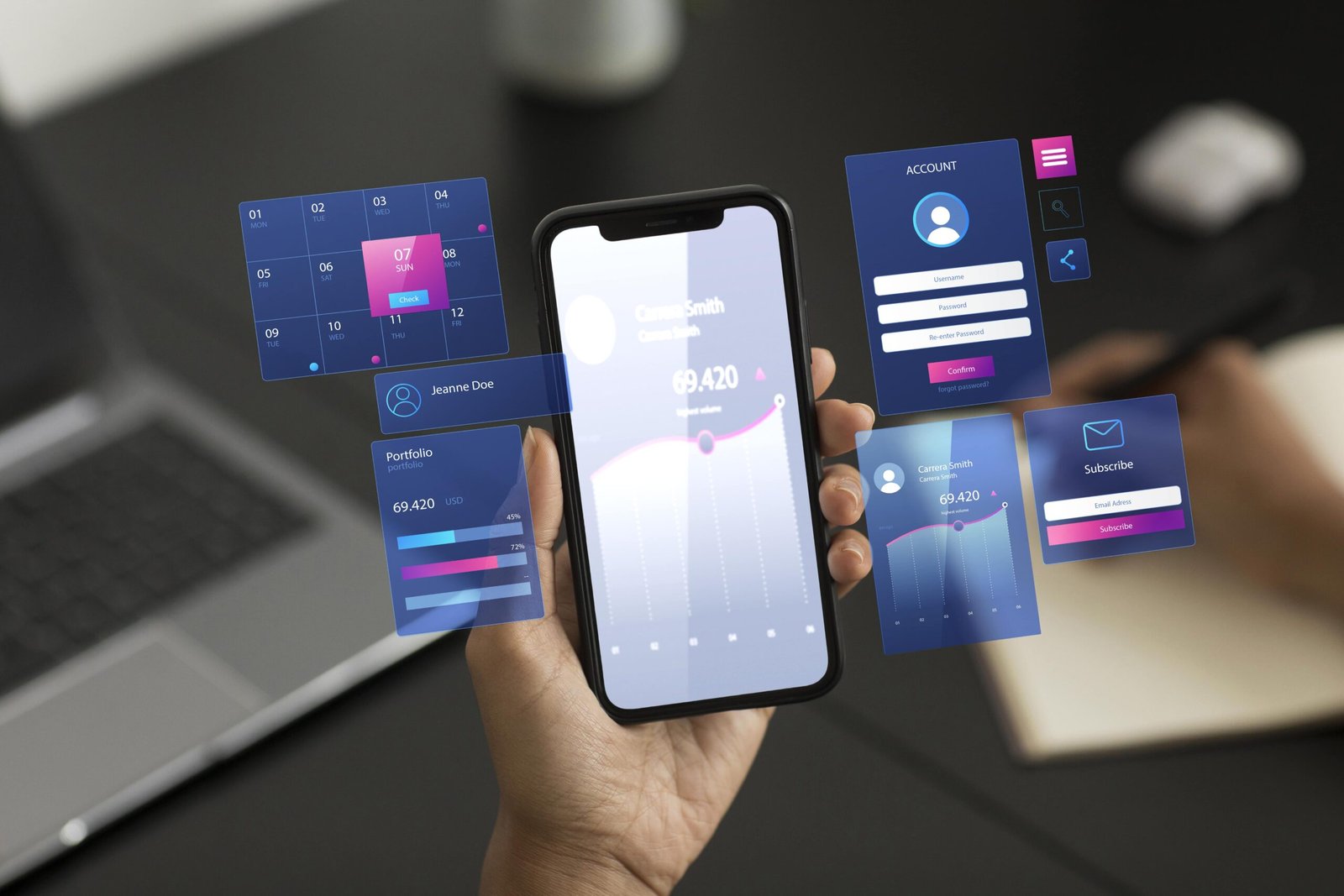In today’s digital age, having a robust mobile user experience (UX) is not just a luxury—it’s a necessity. With over 50% of global web traffic coming from mobile devices, businesses can no longer afford to overlook the importance of mobile UX. A seamless mobile experience can make the difference between a loyal customer and a lost opportunity. In this guide, we will explore tailored solutions that can help businesses improve their mobile UX and drive user engagement.
Understanding Mobile UX

Before diving into solutions, it’s essential to understand what mobile UX entails. Mobile UX focuses on how users interact with applications and websites on mobile devices. It encompasses various aspects, including layout, design, navigation, and performance. If these elements are not optimized, users may quickly abandon your app or site in favor of a competitor. Thus, investing in mobile UX is crucial for customer retention.
Why Mobile UX Matters
- Increased User Engagement: A well-designed mobile UX keeps users engaged. When users find it easy to navigate and interact with your mobile site or app, they are more likely to spend time exploring your offerings.
- Higher Conversion Rates: According to Google, mobile users are more likely to convert when they experience a seamless interface. Therefore, optimizing mobile UX can significantly impact your bottom line.
- Improved Customer Satisfaction: When users have a positive mobile experience, they are more likely to share their satisfaction with others. This can lead to increased brand awareness and customer loyalty.
Tailored Solutions for Improving Mobile UX

Now that we understand the importance of mobile UX, let’s delve into tailored solutions that can help your business achieve a better mobile experience.
1. Conduct User Research
Understanding your users is the first step toward improving mobile UX. Conducting user research can provide valuable insights into user preferences and behaviors. Use surveys, interviews, or focus groups to gather feedback. This information will guide your design decisions and help you create a mobile experience that resonates with your audience.
2. Simplify Navigation
Navigational complexity can frustrate users. To enhance your mobile UX, simplify navigation. Implement clear and concise menus that allow users to find what they’re looking for quickly. Consider using hamburger menus or bottom navigation bars to optimize screen space. For more tips on navigation design, check out this comprehensive guide.
3. Optimize for Speed
Mobile users expect fast-loading pages. Research indicates that 53% of mobile users will abandon a site if it takes longer than three seconds to load. Optimize your images, leverage browser caching, and minimize server response time to improve your site’s speed. Tools like Google PageSpeed Insights can help you identify performance issues and provide actionable recommendations.
4. Make It Touch-Friendly
Touchscreen interfaces require different design considerations than desktop interfaces. Ensure that buttons and links are large enough to tap easily. Additionally, use spacing effectively to prevent accidental clicks. A touch-friendly design will enhance user interaction and reduce frustration.
5. Implement Responsive Design
A responsive design ensures your website adapts seamlessly to various screen sizes and orientations. By using flexible layouts and scalable images, you can provide an optimal experience for users, regardless of their device. For more on responsive design, check out this insightful article.
6. Utilize A/B Testing
A/B testing allows you to compare two versions of a webpage or app to see which one performs better. By continuously testing different elements—such as call-to-action buttons, color schemes, or layouts—you can gather data on user preferences and make informed design decisions.
7. Prioritize Accessibility
Accessibility is a crucial aspect of mobile UX. Ensure that your mobile site or app meets accessibility standards, such as providing text alternatives for images and ensuring proper color contrast. By making your mobile experience inclusive, you can reach a broader audience and enhance overall user satisfaction.
Conclusion
Improving your mobile UX is not merely an option—it’s a necessity for businesses aiming to thrive in today’s competitive landscape. By implementing tailored solutions, you can create an engaging and seamless mobile experience that meets your users’ needs. Investing in mobile UX not only boosts user engagement and conversion rates but also fosters long-term customer loyalty.
If your business is struggling with mobile experiences, consider partnering with a professional UX design agency. Our tailored mobile UX services can help you enhance user satisfaction and drive growth. For more information on our services, contact us today.



